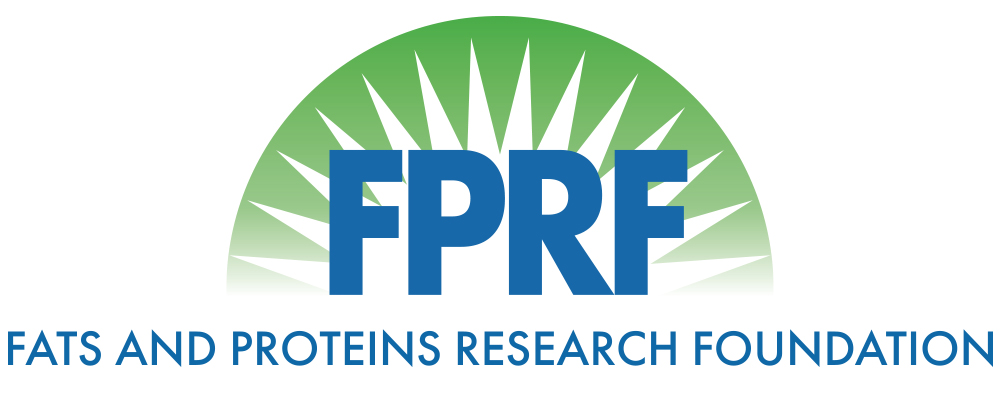Utilization of rendered fats in comparison with soybean oil in rations of broilers from hatch to market
Title: Utilization of rendered fats in comparison with soybean oil in rations of broilers from hatch to market
Principle Investigator: Jeffre Firman
Year: 2003
Objective: a) To compare various fat sources fed at similar levels to demonstrate that the differences in energy content seen in a digestibility assay have little practical significance at typically fed fat levels.
b) To show the economic benefits of fat additions through a titration of energy in broiler rations using the fats tested above.
Lay Summary/Industry Summary: Fat utilization in broiler rations in the US has been established for many years. In many other countries however, use of fats have been sporadic and at much lower levels and with an emphasis on vegetable fats. This project attempted to address both of these issues relative to fat use. In international markets, soybean oil is the preferred fat source as it is perceived as the highest quality fat available. It often sells at a multiple of greater than 2x that of imported US yellow grease and thus makes no economic sense unless it has a substantially greater benefit in terms of the performance of the bird. Relatively speaking little work on use of fats has been performed in the past 20 years. While there has been a good bit of work relative to the energy contents of a variety of fat sources (please see NRC, 1994 table 9.9), there has been less work relating how these numbers relate to real world performance. The objectives of this work were : a)To compare various fat sources fed at similar levels to demonstrate that the differences in energy content seen in a digestibility assay have little practical significance at typically fed fat levels; and b) To show the benefits of fat additions through a titration of energy in broiler rations using the fats tested above. Two broiler floor pen trials were conducted.
In the first trial, seven different fat sources were utilized at industry standard levels (based on Agri-Stats or communication with industry nutritionists) from hatch to 7 weeks of age. Seven replicate pens of birds will be utilized in a randomized block design with location within the facility as the blocking factor. Birds were weighed and feed intake quantitated at 21, 35 and 49 days of age with cut-up and yield at 50 days of age. Diets consisted primarily of corn, soybean meal and animal by-product meal. The second trial will utilize a 2 x 4 factorial treatment arrangement (6 replicate pens) to test soybean oil versus a rendered product versus an animal vegetable blend at 4 different levels of energy. Diets will be formulated to the industry standard levels used in the initial trial as well as 3 additional diets with energy increasing at I00_kcal/kg increments. Thus if the starter diet is 3075 kcal, the additional diets will contain 3175, 3275 and 3375 based on energy content of the rendered product. Soybean oil will replace the rendered fat on a I: I basis rather than being adjusted for differential energy content. Similar procedures will be utilized as in the first trial with weights obtained at diet changes of 21, 35 and 49 days of age. Results for the first study found no differences in any of the parameters measured, suggesting that the choice of fat source should be based on economics rather than perceived differences. Results for the second study found no differences in body weight at the conclusion of the trial, but increased energy content resulted in improved feed efficiency at the conclusion of the trial.
Scientific Abstract: Seven fats were fed on a percent basis to Cobb-Cobb broilers over a seven week period to determine if there were any differences in broiler performance between fat sources. All of the birds were fed a diet that consisted primarily of corn, soybean meal and animal by-product meal. Each of the seven fats was fed to 35 birds per pen with seven replicate pens per treatment. Birds and feed were weighed on 21, 35 and 49 days with processing yield and cut-up on 50 days. There were few differences found when broiler performance was compared between fat sources. No differences were seen in processing yields as well. Data from this study would indicate that any of the fats used in this study will provide similar performance regardless of their differences in measured energy levels.
Publications: Comparison of Fat Sources in Rations of Broilers from Hatch to Market
